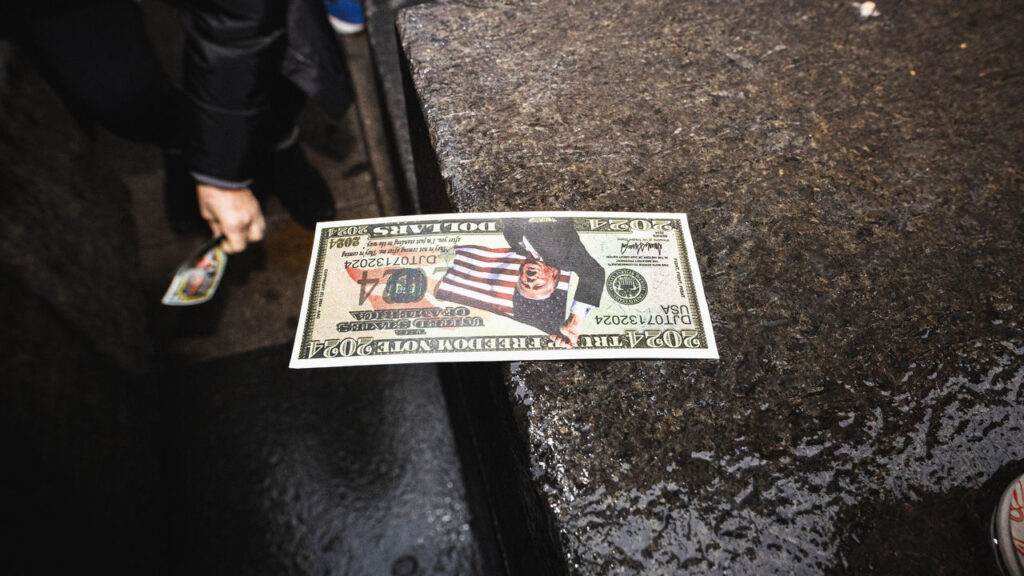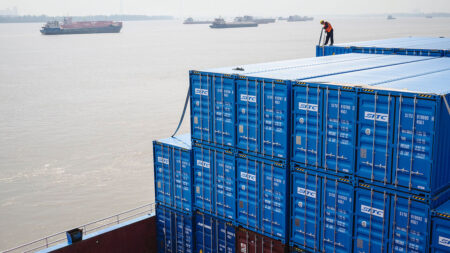The United States dollar, often referred to as the “greenback,” has a fascinating relationship with global economic instability. Traditionally, during periods of turmoil, whether due to geopolitical strife, economic downturns, or unexpected global events, the greenback tends to strengthen. This phenomenon can be attributed to several interrelated factors that underscore the dollar’s role as a safe-haven currency.
Firstly, one of the most significant reasons for the greenback’s strength during troubled times is its status as the world’s primary reserve currency. Central banks across the globe hold vast amounts of U.S. dollars, which provides a sense of security and stability. When uncertainty looms, investors, both individual and institutional, often rush to convert their assets into dollars. This surge in demand bolsters the currency’s value. The Federal Reserve’s policies and the overall perception of the U.S. economy further enhance the dollar’s standing, making it a preferred choice in times of crisis.
Moreover, the United States has a well-developed financial market, characterized by liquidity and transparency. Investors seeking refuge from market volatility gravitate towards the dollar, knowing they can easily access and trade U.S. assets. The depth of the U.S. Treasury market, in particular, plays a crucial role in this dynamic. Treasury bonds are viewed as one of the safest investments worldwide, increasing the dollar’s attractiveness during economic downturns. This influx into U.S. securities leads to a stronger dollar as its demand rises.
Additionally, geopolitical factors often come into play. During conflicts or tensions—be it regional disputes or major global threats—nations tend to seek the safety of the greenback. For instance, when crisis situations unfold, such as military conflicts or diplomatic rifts, the dollar’s safe-haven status is highlighted in the global arena. As investors and governments alike move to protect their wealth, the dollar typically appreciates as a result.
Beyond immediate geopolitical concerns, economic contagion is another critical aspect influencing the dollar’s performance during chaotic times. When crises affect global markets, there is a tendency for capital flight; investors shun riskier assets and turn towards the relative safety of the greenback. As emerging markets or less stable economies falter, the dollar often benefits enormously, leading to its appreciation in foreign exchange markets.
Technological and fiscal factors also play significant roles. In an era where digital currencies and alternative investments are on the rise, the buck remains a steadfast choice amidst uncertainty. Digital currencies, while gaining popularity, still do not match the established reputation of the U.S. dollar. Fiscal policies enacted by the United States government and the decisions made by the Federal Reserve can also have profound impacts on the greenback’s strength. For instance, in response to economic turmoil, expansionary monetary policy or stimulus spending can temporarily weaken the dollar but often reassert its strength as recovery becomes evident.
In conclusion, the strengthening of the greenback during periods of turmoil is a multi-faceted phenomenon rooted in the dollar’s status as a safe haven, its extensive acceptance globally, and the trust investors place in the U.S. financial system. Economic factors, geopolitical dynamics, and investor psychology all contribute to this trend. Whether in response to financial crises, wars, or other destabilizing events, the inherent qualities of the dollar resonate strongly with those seeking security, reaffirming its position as a pillar of the global economy. As trends in global finance evolve, understanding the complexities behind the dollar’s performance becomes increasingly vital. The greenback’s resilience in uncertain times not only highlights its enduring significance but also illustrates the intricate web of global economic interactions.









